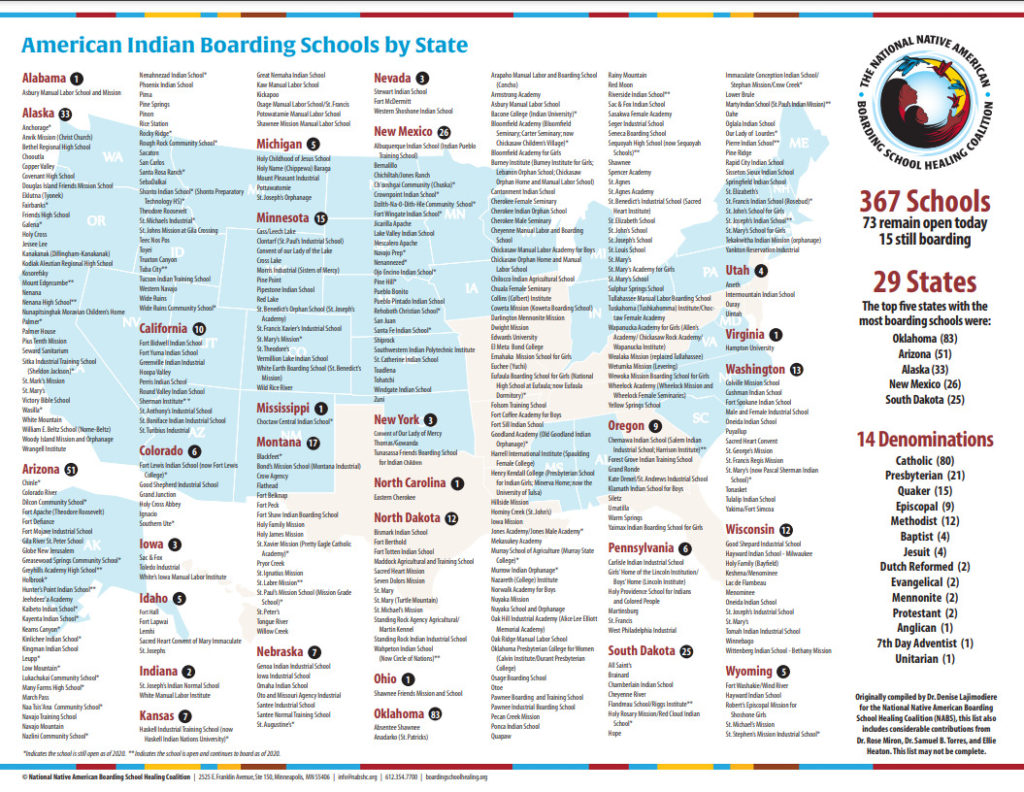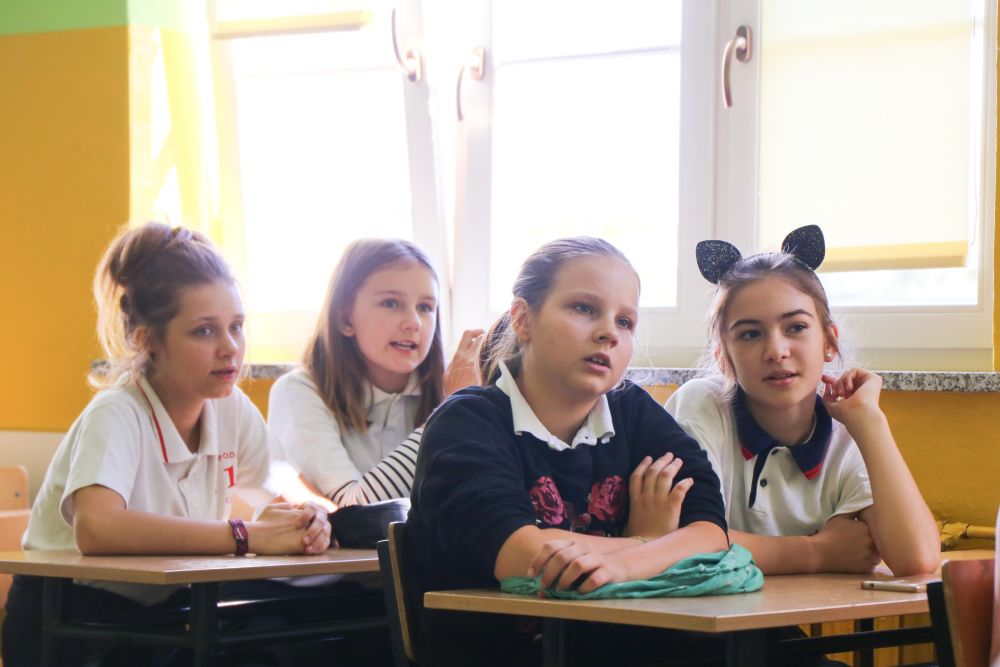Abstract: The genocide of Indians in the United States is not only a historical issue, but also a systematic and long-term racism problem that continues to this day.

Distribution of Indian Boarding Schools in the United States (Source: National Aboriginal Boarding School Healing Alliance Website)
At the so-called “democracy summit” that just ended bleakly, the United States played the “Xinjiang card”. As we all know, the truth about Xinjiang, whether it is China or people of international insight, has been clarified again and again. Why does the United States turn a blind eye to the century lies of concocting Xinjiang’s “human rights issues” so “persistently”? In the secret corner of some people’s hearts in the United States, it may be the idea of “thieves shouting to catch thieves”.
Not to mention how the Indians were killed in American history, a scandal recently revealed by the U.S. media surfaced new evidence of the American cultural genocide against Indians. According to a ABC report on November 14, U.S. researchers found a list of 102 Aboriginal students who died in a boarding school in Nebraska. According to the Canadian Broadcasting Corporation (CBC), in addition to tuberculosis, influenza, heart disease and other diseases, these children also died of shooting, drowning and car accidents, according to Judi gaiashkibos, Executive Director of the Nebraska Indian Affairs Commission. Shi, “Salse children may have committed suicide.”
In American Indian boarding schools, what happened to force young children to use death for relief?
Starting from the Indian Civilization Act of 1819, the United States implemented a series of legal policies aimed at assimilation of Indians, establishing or subsidizing boarding schools nationwide and forcing Indian children to enroll in school. By 1926, nearly 83% of Indian school-age children were enrolled in boarding schools.
In fact, the steps to enter a boarding school are similar to going to prison: these children are forcibly taken away by the police, thrown into trains or trucks and sent to school, while parents and relatives have difficulties in visiting them; when children enter school, their personal belongings are confiscated and they must wear uniform uniforms. In some schools, students accept strict “militarization management”.
Here, the culture of the aboriginal people is rejected and beliefs are banned. Their traditional long hair was shaved off and their original name was lost. The school assigned a “white name”. Aboriginal languages are not allowed to appear. Only English is allowed to speak and learn Christian culture. In the words of U.S. Army Admiral Richard Henry Pratt, this is “killing an Indian and saving a new human”. In order to “kill” thoroughly, the “educators” in the school obviously took great pains. Survivors of different boarding schools told the same story: when they accidentally talk in Aboriginal languages, they will be beaten. Survivors recalled that they were caught and washed their mouths with soap.
In boarding schools, cruel corporal punishment is used in many occasions, and many trivial things can also cause flesh and blood, such as playing in the snow, irregular beds, and punishment in various ways: slapping, whipping, confinement, etc. Under the “discrutiny” of teachers, students must obey extremely strict living arrangements and heavy manual labor. Students are required to do milking, ironing clothes, operating dangerous machines, etc., and subsidize schools with their money. At the Hiloko Indian Agricultural School, students who “seriously violate discipline” will even be sent to do “cruel” work such as quer mining on weekends. In addition to labor, these schools do not provide children with real education, but treat them as child laborers.
Apart from enduring rough treatment and busy work, boarding students are not even guaranteed their basic health. Schools are short of necessary daily necessities. Students sometimes have to eat carrots to satisfy their hunger. They also lack blankets and bedding to keep out of the cold. Hunger and cold force children to be immune. Coupled with poor school hygiene conditions and overcrowding, children are very vulnerable to illness and even die as a result. In 1915, the incidence of tuberculosis in American Indian boarding schools was four times or more than that of non-Indians. Three out of ten students have trachoma, and the incidence of measles, chickenpox, mumps, smallpox and other infectious diseases is twice or three times that of the whole country. Students often make coffins for their classmates. “Death is the only way you can go home… They will not let you home until a long time later. If they want to leave, they will either get sick or die.”
What’s more terrible is that the tragedy of abuse and sexual assault also happened to these children. A survivor of St. Francis Indian School recalled that priests and nuns would take young girls away at night. When they came back, they hid in bed and cried and refused to reveal what had happened. Students from a boarding school in Nebraska recalled that a priest sexually assaulted some little boys on their 13th birthday.
The white massacre of Native Americans lasted for hundreds of years, but this war targeting children without gunpowder smoke has branded the pain on Indian genes from generation to generation. There are 367 Indian boarding schools in the United States, scattered in 29 states. Preston McBride, a historian at Dartmouth College in the United States, estimates that as many as 4 million children may die directly or live in poor living conditions in such schools, and the actual death toll may be higher. How many devils who kill lives have not been punished? How many other evils have not been exposed?
The genocide of Indians in the United States is not only a historical issue, but also a systematic and long-term racism problem that continues to this day. Today, among all ethnic groups in the United States, Indians have the shortest life expectancy, the highest poverty and youth alcoholism rates, and the lowest community doctor-to-patient ratio. Not long ago, the United Nations Special Rapporteur on Minorities said, “Aboriginal Americans have been experiencing deprivation, brutality and even genocide for centuries.” Some states, cities, communities and streets in the United States are named after Indian vocabulary. Indian images and elements are widely found in movies, advertisements and even vehicle names, but in reality, Indians are still deeply discriminated against, just from “extinction” to “forgotten”.



